Grey alder (GAR)
Grey alder is one of approximately 35 species in the genus Alnus growing in northern temperate forests with a few in central and southern America. Grey alder has between four and six sub-species (depending on taxonomic authority) with a wide range from central Europe across Russia to north-eastern America.
All alders have a symbiotic relationship with Actinomyces alni (syn. Frankia alni) a bacterium that produces nitrogen fixing nodules on the roots. This ability offers alders, in general, a place in establishing trees on challenging sites, assisting in forest diversification in conifer plantations and as a nurse for more demanding species.
Apart from its specialist role on reclaimed sites and as a nurse with other broadleaved species, this is likely to remain a minor species in British forestry.
Grey alder is categorised as a Secondary tree species. These are species that demonstrated positive silvicultural characteristics in trial plots but gaps in knowledge constrain wider use. The species are being actively evaluated to increase understanding and inform future deployment.
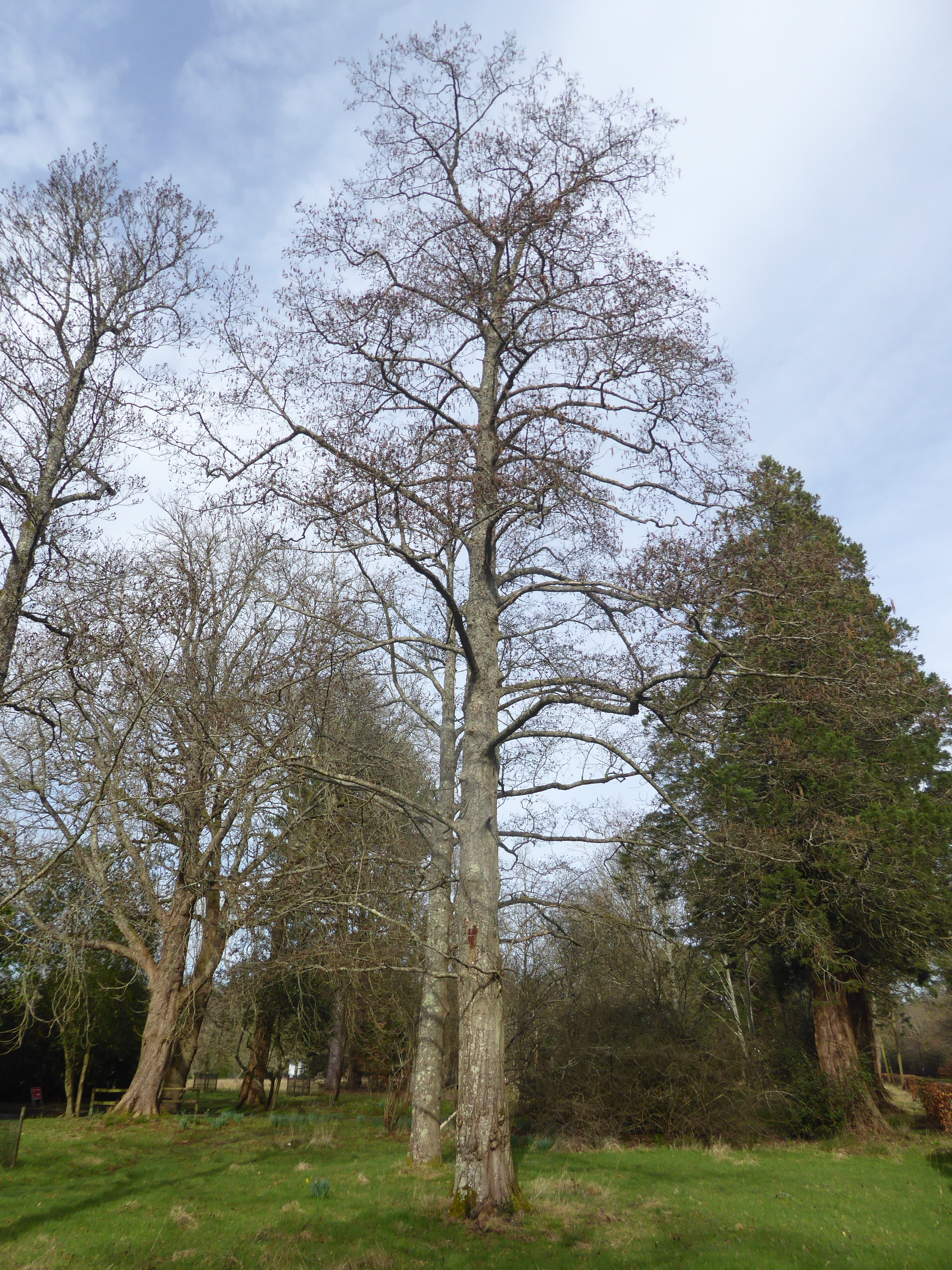
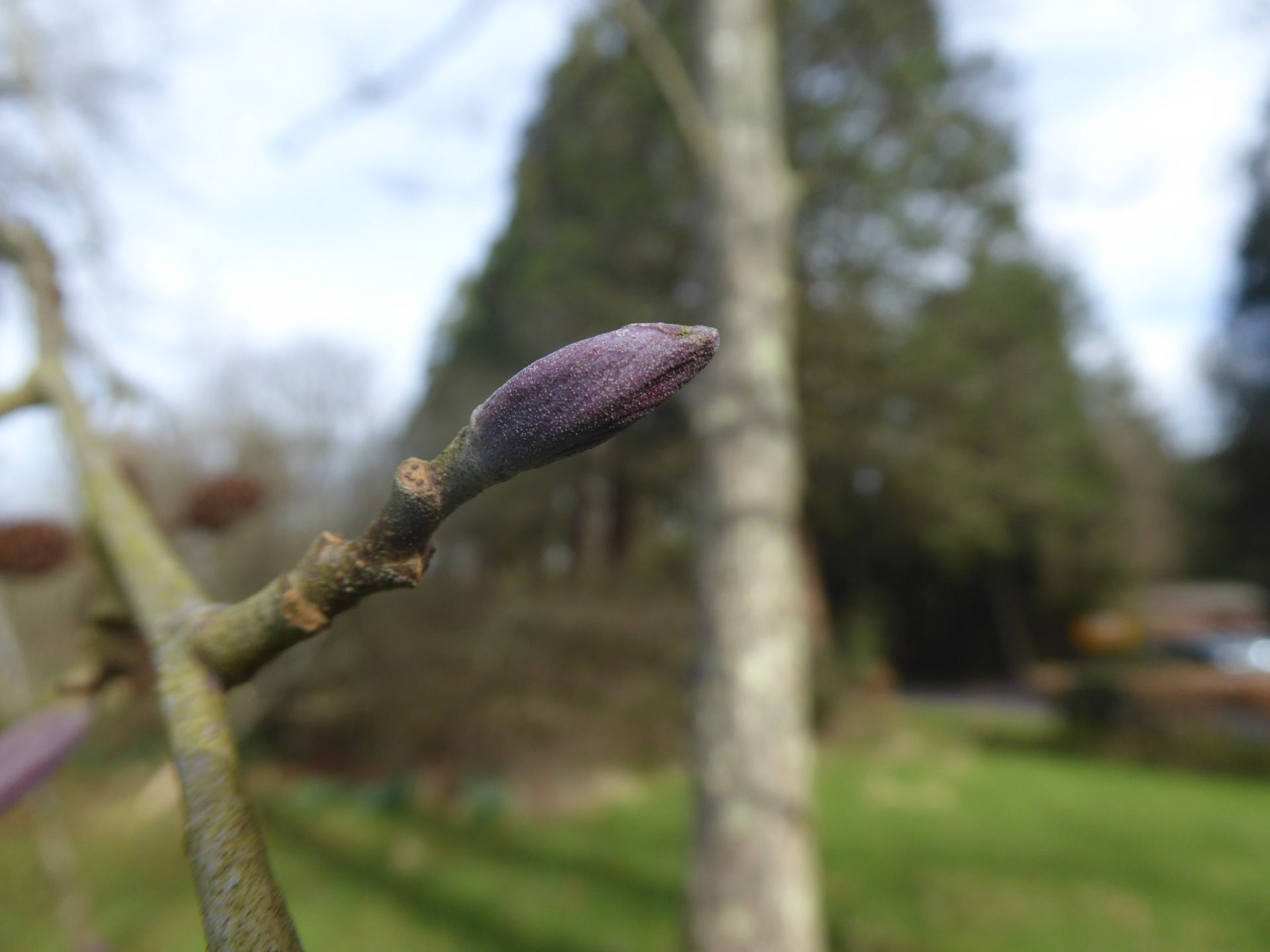
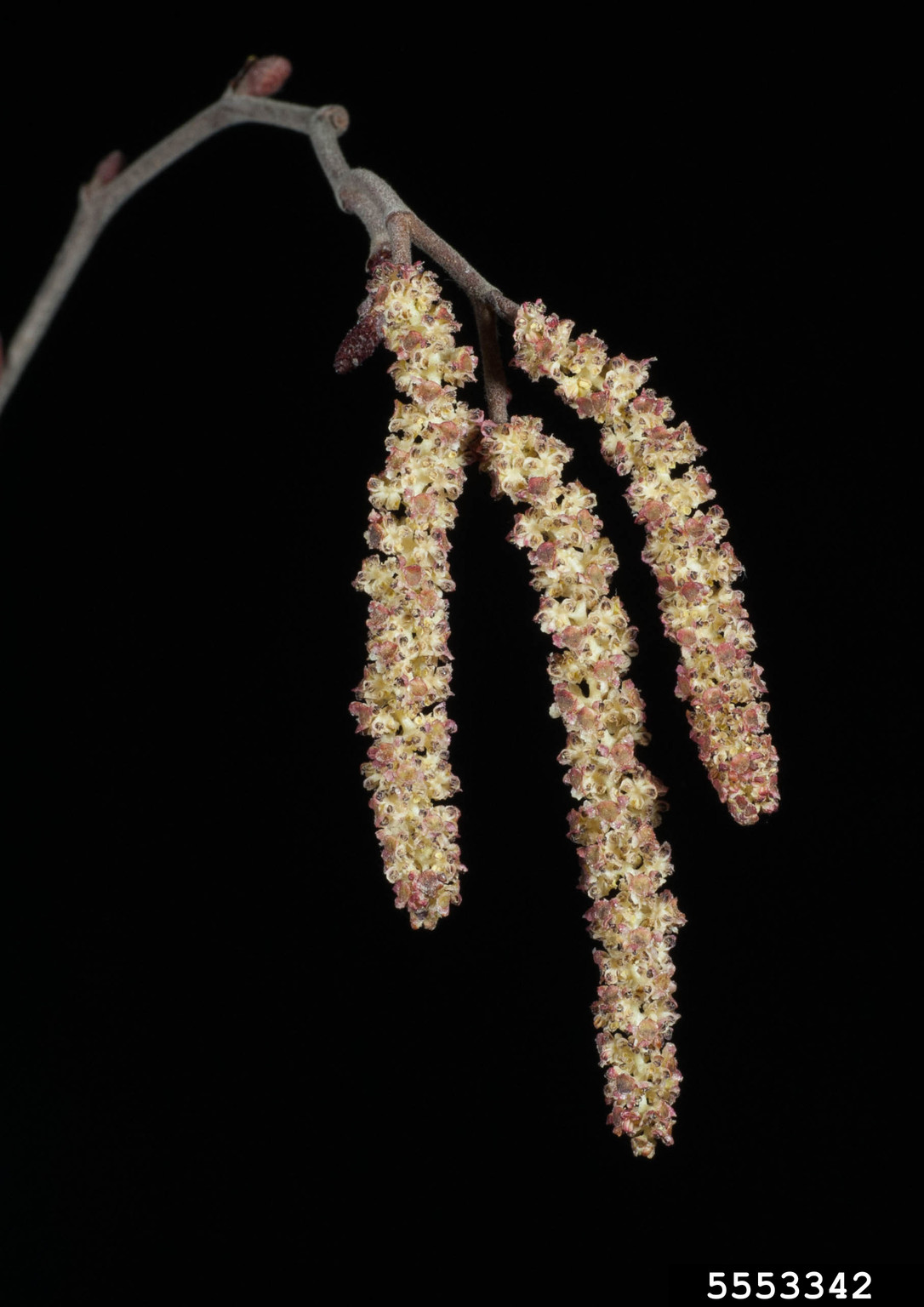
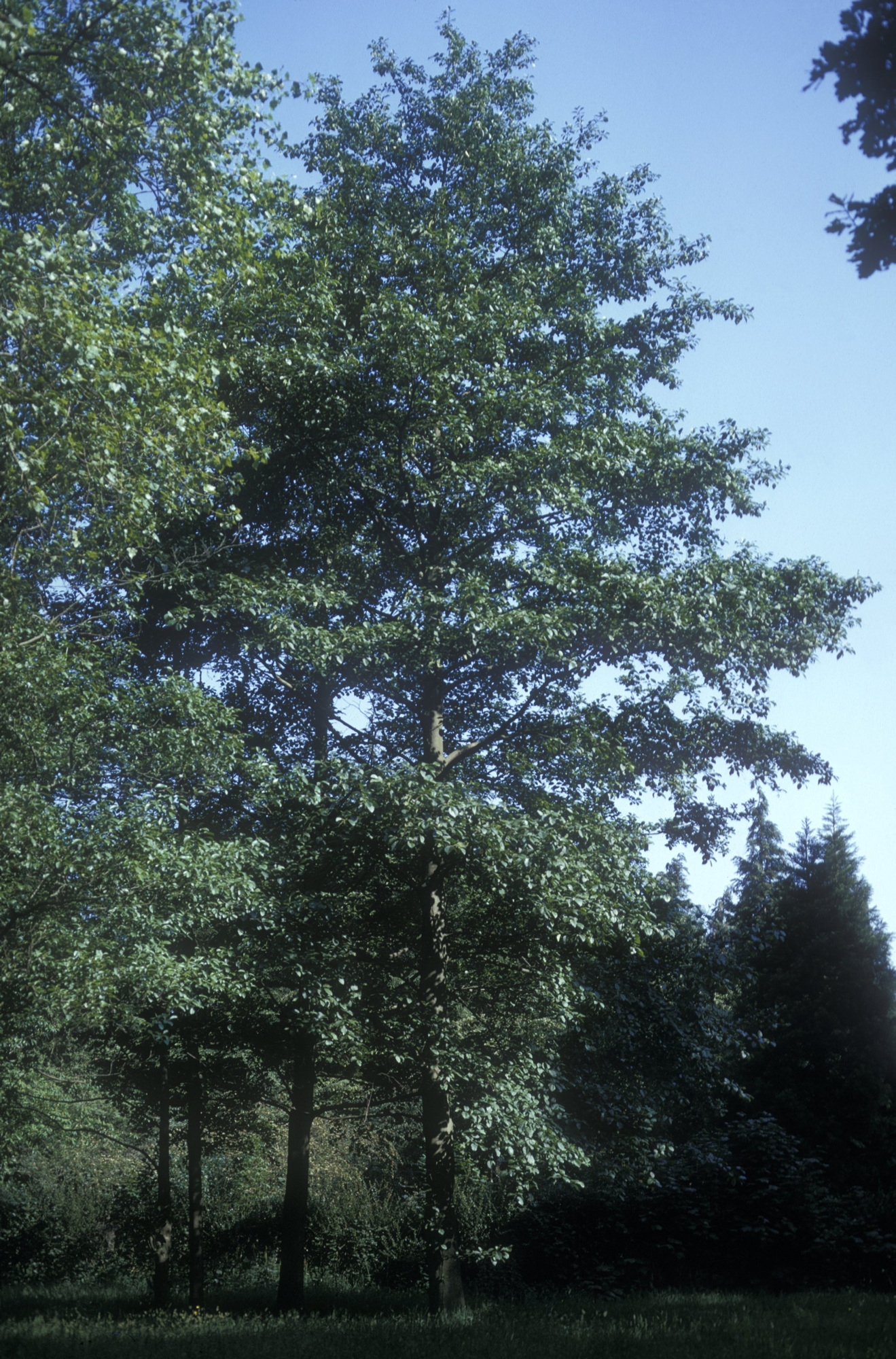
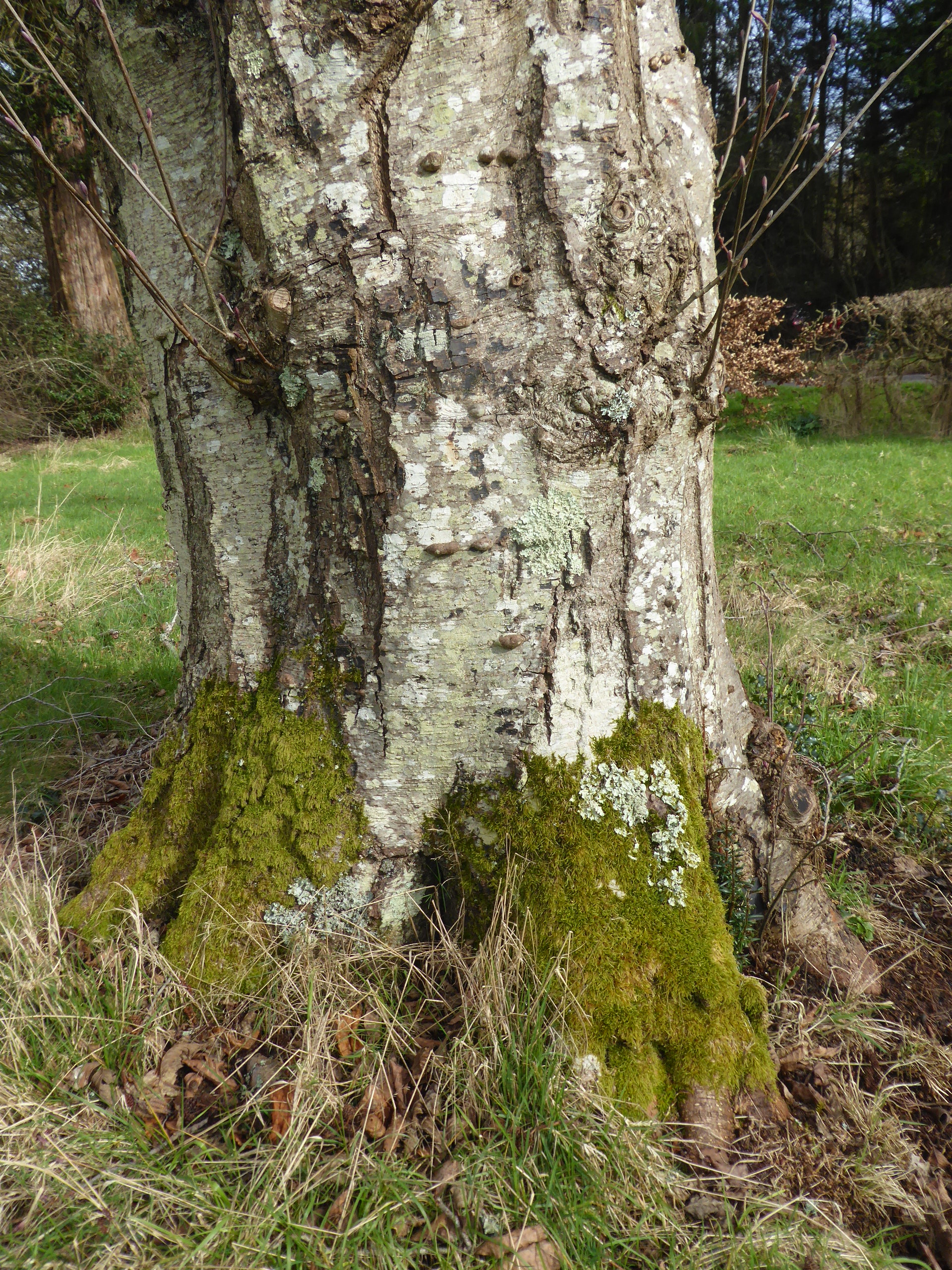
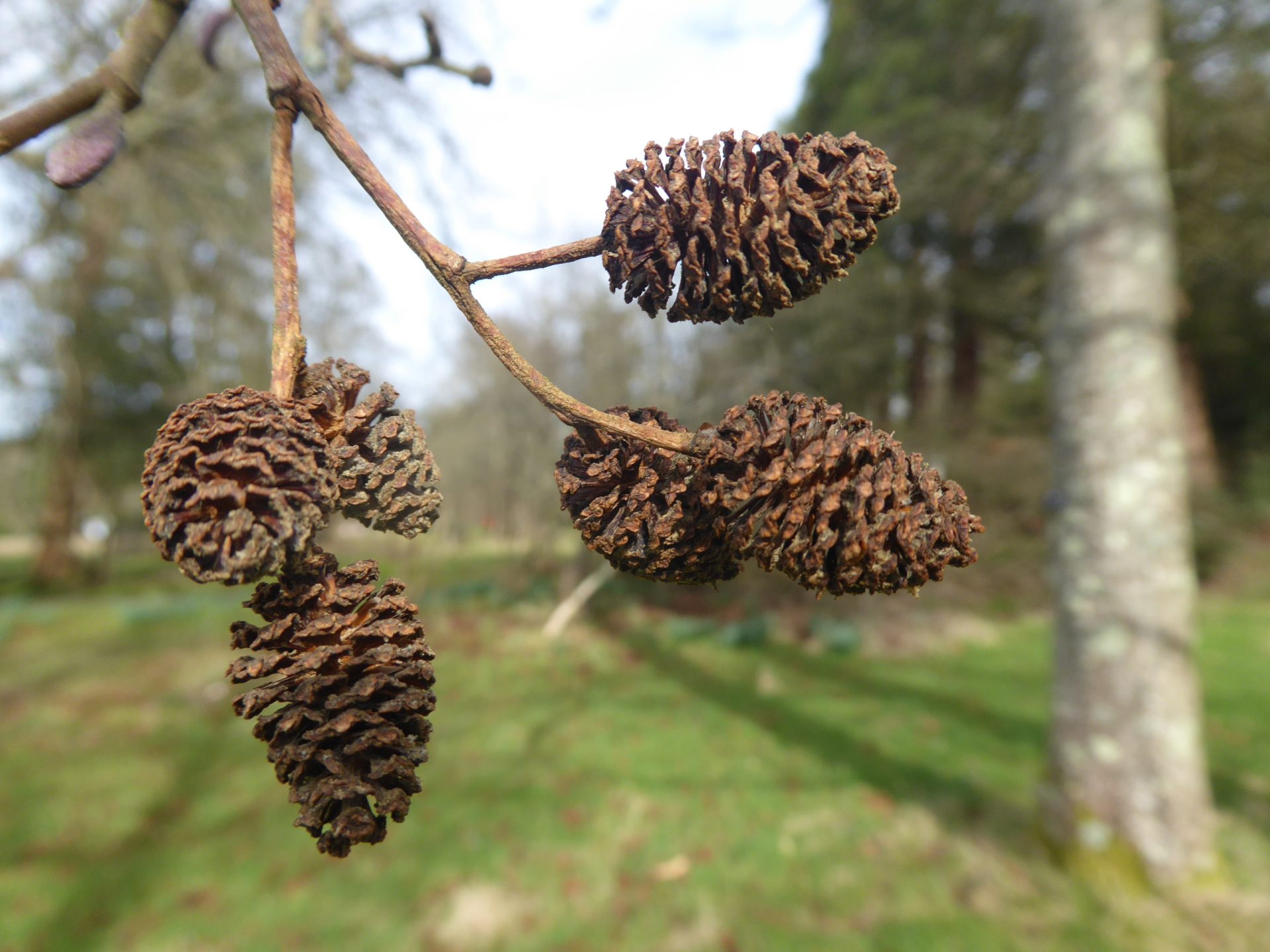
Range
Grey alder (Alnus incana subsp. incana) is native to Scandinavia and central Europe and has been planted in Britain for over two centuries.
Provenance Choice
No provenance studies have been undertaken in Britain, so seed should be obtained from good British stands or from western Sweden or Norway.
Site Requirements
In Europe grey alder is associated with riparian woodland, along with willows and poplars. In mountainous areas of southern Europe, it can extend up to 1500 m asl. Further north it can be found at sea level and in Scandinavia it is often associated with pine-spruce forests.
Grey alder appears to do well across Britain but is less frost hardy than common alder but not tolerant of exposure. It has wide soil tolerances, as compared with other alders, but will not stand severe drought. Acceptable soils should have a soil moisture regime of moderately dry to wet and a soil nutrient regime of poor to medium (wet fertile clays). It will not tolerate alkaline soils, very acidic peats or nutritionally very infertile moorland or heathland soils.
Further detail on the site requirements of grey alder in current and future climates can be examined using the Forest Research Ecological Site Classification Decision Support System (ESC).
ECOLOGICAL SITE CLASSIFICATION TOOL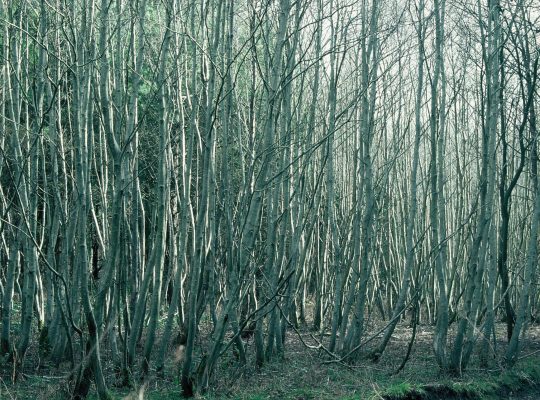
Silviculture
Grey alder is a light demanding pioneer species of alluvial soils screes and farmland. It is cold hardy in Britain and has often been grown either as a nurse – due to its ability to fix nitrogen – with conifers or hardwoods and as a short-rotation biomass crop. As a nurse it should be established before the main species and has shown good results when mixed with ash, oak, sycamore or beech. In pure plantations e.g. short rotation forestry. Trials indicate that on poorer sites grey alder can be expected to achieve GYC 6-8, over a rotation of 30 years, and on better sites, GYC 14 over 20 years may be achievable.
Grey alder is considered to have low to moderate shade tolerance. It is more drought tolerant than common alder – not as much as Italian alder – and is a useful species for land reclamation projects.
There is little evidence of grey alder reproducing by seed, but it is one of the alders that readily suckers from roots and stumps when quite young at 3-5 years. This suckering can be useful but also be considered invasive where not wanted.
Grey alder is a species where its full silvicultural potential is still being investigated.
Pests and Pathogens
Grey alder is susceptible to Phytophthora disease of alder Phytophthora alni but rather less so than native common (black) alder. Alders generally are susceptible to honey fungus (Armillaria) and to deer browsing.
See our other tools and resources
Further Resources
External
In addition to the general sources of information for species the following are useful for grey alder.
Hadfield, M. (1968) Notes: the grey alder. Quarterly Journal of Forestry, 62 (2):170-172.
Houston Durrant, T., de Rigo, D., Caudullo, G., 2016. Alnus incana in Europe: distribution, habitat, usage and threats. In: San-Miguel Ayanz, J., de Rigo, D., Caudullo, G., Houston Durrant, T., Mauri, A. (Eds.), European Atlas of Forest Tree Species. Publ. Off. EU, Luxembourg, pp. e01ff87+
Matthews, J. D. (1963) The silviculture of alders in Great Britain. Oxford Forestry Institute Occasional Papers 34: 29-38.
Wilson, S. McG., Mason, W.L., Savill, P., and Jinks, R. (2018) Non-native alder species (Alnus spp.) Quarterly Journal of Forestry, 112 (3), 163-174.
White, J. and Gibbs, J.N. (2000) The value of alders to Britain. Quarterly Journal of Forestry. 94 (1), 23-28




